Low Budget by The Kinks
Buy Low Budget The Kinks closed out their very prolific 1970s with Low Budget, their most commercially successful album of the decade. Composer, producer, and frontman Ray Davies put together a collection of […]
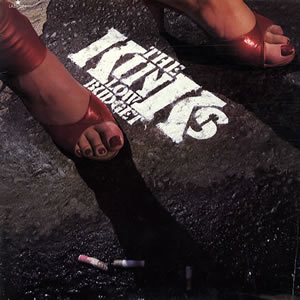
Buy Low Budget The Kinks closed out their very prolific 1970s with Low Budget, their most commercially successful album of the decade. Composer, producer, and frontman Ray Davies put together a collection of […]
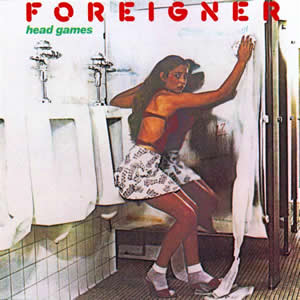
Buy Head Games Head Games was the third studio album released by the rock band, Foreigner, in three years and continued their incredible success by reaching the Top 5 on the album charts […]
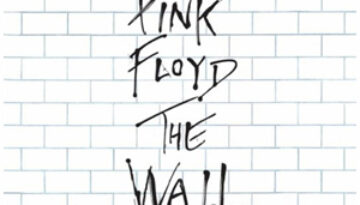
Buy The Wall The Wall was the most ambitious album of a long and storied career filled with ambitious projects by Pink Floyd. This double-length concept album was composed by vocalist and bassist […]

Following up on a massively successful debut album is a daunting task. A group may want to build on their most successful musical elements while still leaving room to explore new directions. The […]
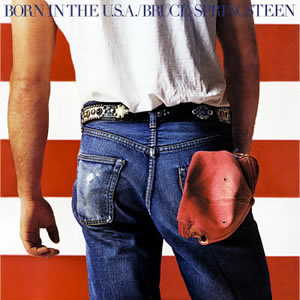
Buy Born In the U.S.A. Born in the USA marked the height of commercial success for Bruce Springsteen. It sold over 30 million copies worldwide and spawned seven Top 10 singles, a record […]
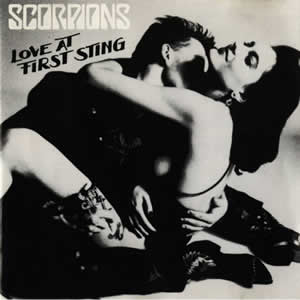
Buy Love at First Sting Scorpions reached the peak of their long career with the 1984 album Love at First Sting. This album spawned the group’s best selling singles and peaked in the […]

Buy Reckless Reckless was the first album by a Canadian artist to sell more than one million units within Canada. Not to mention that this fourth studio album by Bryan Adams was also […]
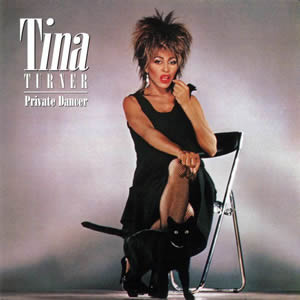
Buy Private Dancer The story surrounding Tina Turner and her remarkable comeback with Private Dancer is the stuff of Hollywood movies. In fact, it was a Hollywood movie, and this remarkable vocalist who […]
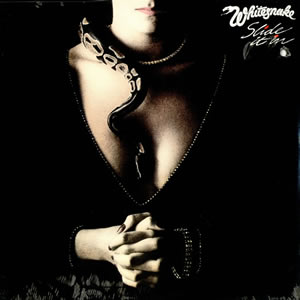
Buy Slide It In Whitesnake made its first real splash with the release of their sixth album, Slide It In in 1984. Although the album was far from a blockbuster hit, a second […]
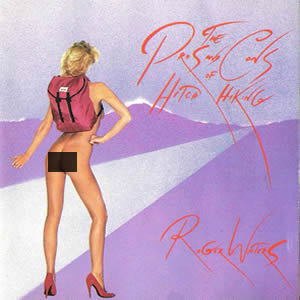
Buy The Pros and Cons of Hitch Hiking Roger Waters commenced his post-Pink Floyd career with a concept album that he largely composed while still an active member of the group in the […]